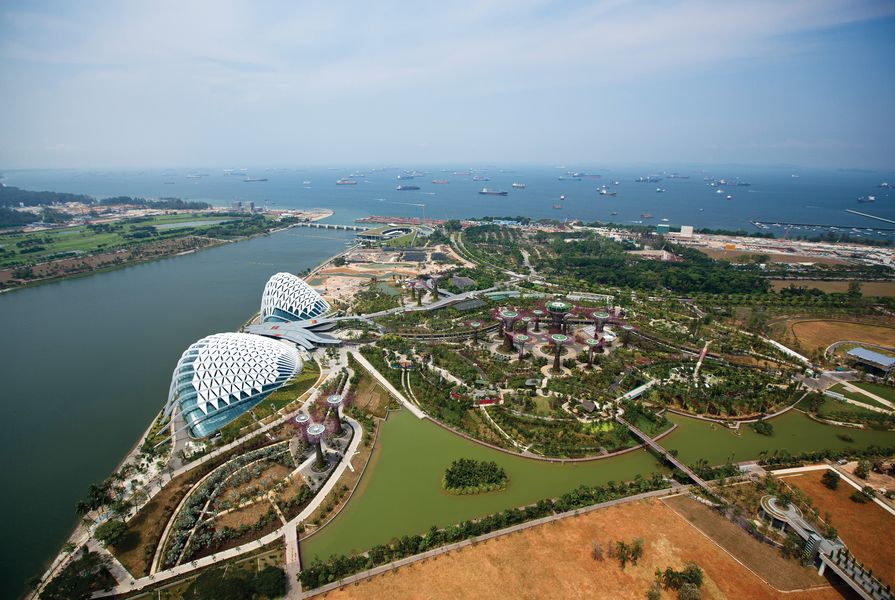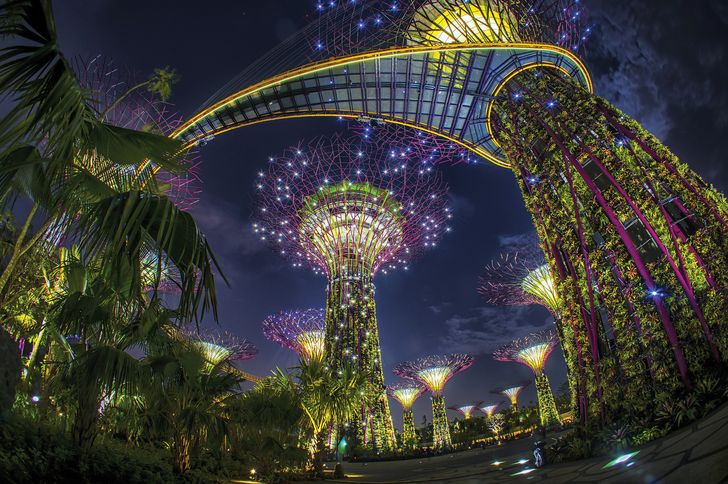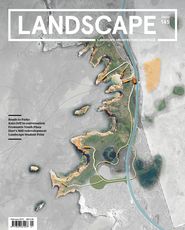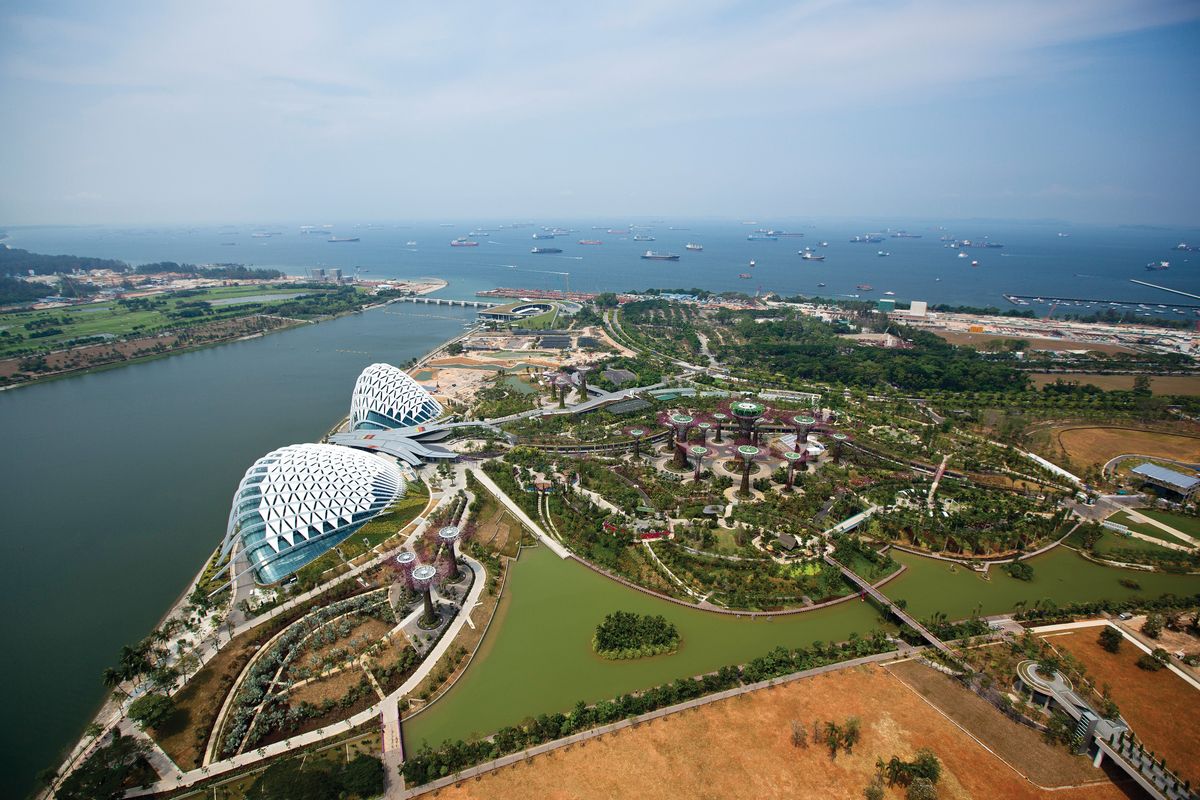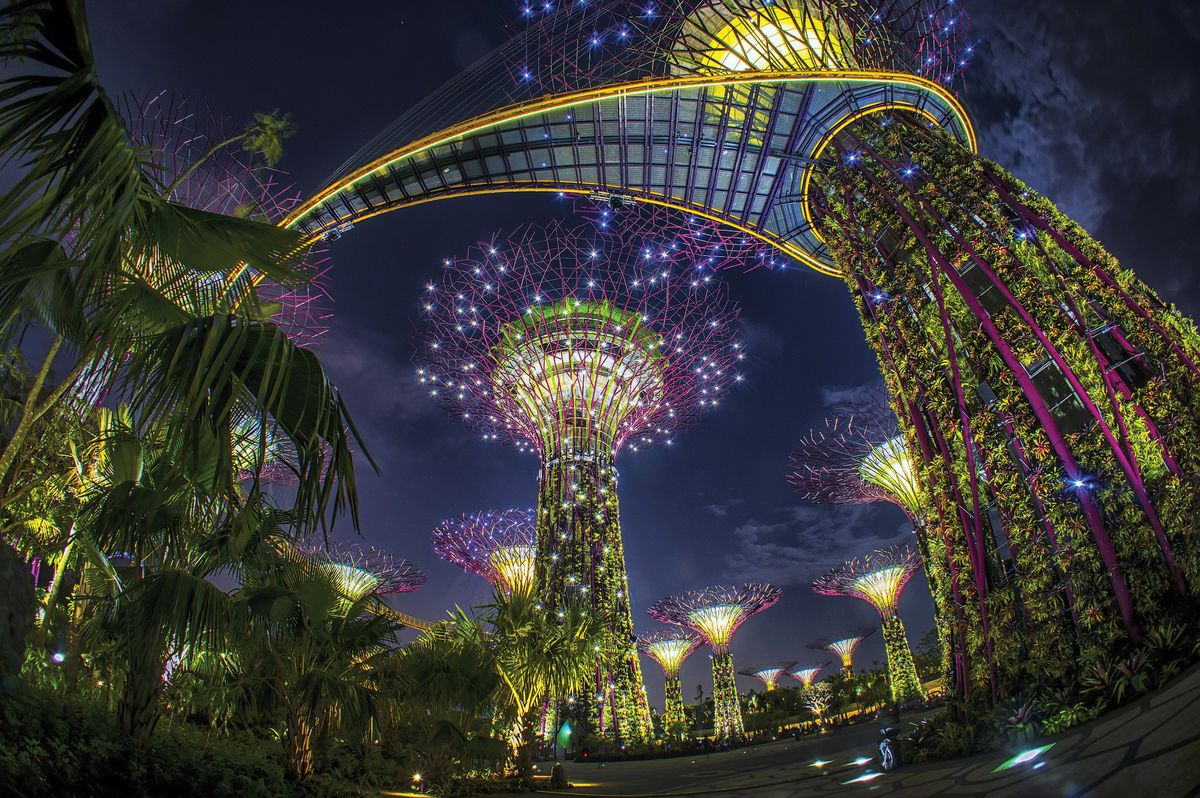
Mike Wood.
Why did you become a landscape architect?
Mike Wood: I have always had a passion for the natural world and an interest in wildlife. I remember large collections of books and hundreds of sketches of all types of animals when I was young. At some point there was a fusion between the enjoyment of sketching and all things natural. Landscape architecture seemed to be the right direction.
What brought you to Singapore?
MW: I wanted to explore different opportunities that would enable expression and investigation of design in new environments. Most of my experience was in large, multidisciplinary firms and I wanted to immerse myself in a culture where landscape was the sole focus. The additional challenge of moving to Singapore was an added bonus.
What are you working on right now?
MW: We have a number of large and small projects across Asia and the Asia-Pacific region, including the landscape design for the new Vietnamese-German University campus in Binh Duong Province, Vietnam. As a team we are very busy, particularly because these projects include large masterplans, while several other projects are in the final stages of construction. Capitol Singapore will be the next to be completed, with others following closely behind in Malaysia and Vietnam.
Who/what are your key influences?
MW: Influence has come from many different sources and it’s difficult to pinpoint one particular thing or person. I am passionate about the ability to make a change, however small, and there have been several people in my professional career who have shaped my attitudes. I remember a university trip to Barcelona, where I formed strong impressions of how different the attitude to landscape architecture seemed to be from the UK and the rest of the world. Park Güell and some of Gaudi’s other work also had a big impact.
What is it like to live in Singapore?
MW: Singapore is an exciting place and the combination of design, nature and its rich biodiversity are crucial to its growth in the minds of many. This vision provides a platform for the generation of opportunities and ideas, and to be able to play a small part in that is amazing.
The eighteen “Supertree” structures at Gardens by the Bay measure up to fifty metres in height and have thousands of plant species growing up their vein-like cladding.
Image: Darren Chin
How has your work changed since you’ve been working in Singapore?
MW: There are obvious changes that come with a move from a large, multidisciplinary practice such as Hassell in Australia to Grant Associates in Singapore. The shift to a different type of practice was deliberate; I wanted to appreciate how practices vary in thinking and culture. There is also a distinct difference in business culture in Asia that includes developing strong personal relationships. It has been reassuring to experience lots of fundamental similarities – in particular, a consistent appreciation of the sound principles of good design.
What are the challenges and opportunities of working in a tropical environment?
MW: There are challenges that always apply in the design and delivery of projects and I don’t think those dramatically change. They just seem to manifest in different ways. There are some specific challenges to do with how spaces are designed to recognize extremes in humidity, heat and rain. In a tropical environment there are opportunities to exploit the way people engage with external places at cooler and more comfortable times of the day. At night many of the public places in Singapore really come alive – particularly the parks and waterfront.
How can we build better, smarter cities?
MW: By appreciating the things that we have.
What’s your understanding of “sense of place”?
MW: It is that unique spirit, story or feeling that makes a place itself. We strive for ways to re-enforce a place’s identity and “placemaking” is deeply embedded in design briefs and the minds of our clients as key to project success. Sometimes it requires the simplest of interventions. We need to ensure that the design process includes a thorough understanding of place in order to appreciate and absorb its qualities.
In terms of the built environment, what can Australia take from the way things are done in Singapore?
MW: Each can learn from the other. The procurement of landscape services, for landscape projects, in Singapore often requires that the project be led by an architect. Of course, depending on the scope, this isn’t necessarily always required. Australia has many examples of the benefits of projects that are led by landscape architects. While there is definitely a growing trend, and Grant Associates masterplanning Gardens by the Bay is an example, this is not yet fully embraced in Singapore. However, Singapore has a clear landscape vision for its future. The desire to become a “City in a Garden” drives outcomes that maximize ways to integrate natural systems and promote biodiversity, however small, and in many different types of project. Maybe there is something here for Australia to consider?
What do you see when you look out at the world from where you sit?
MW: There is an exciting future for landscape architecture. As a profession we are coming to the forefront of people’s minds in the design process, as a necessary early ingredient, which is very positive for shaping its strategic direction. Even in my short experience there has been a dramatic change in the way that our collaborators value landscape architecture. People see that landscape architects can play a fundamental role in the success of a wide variety of projects.
Presented by the Singapore Tourism board. For more information on Singapore, visit the Singapore Tourism Board website.

